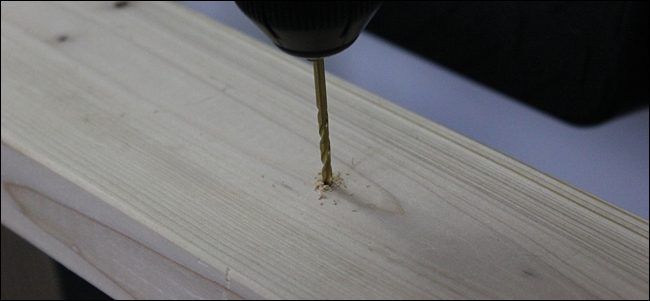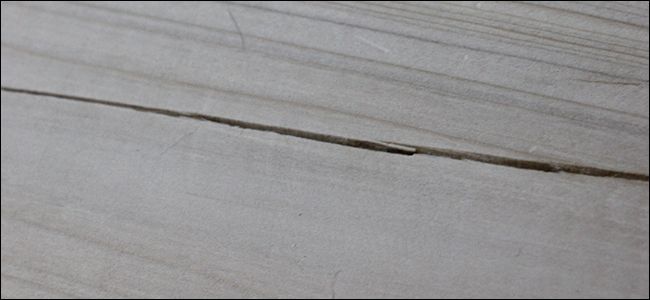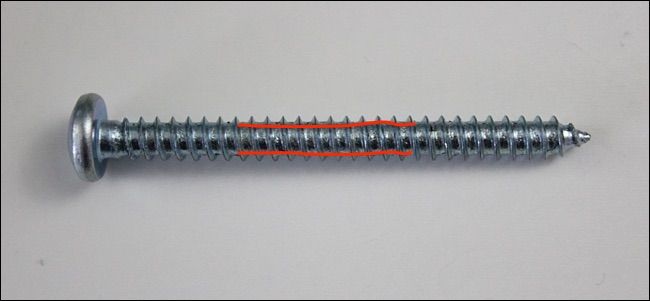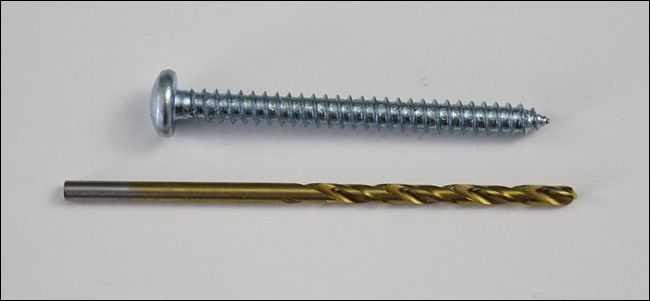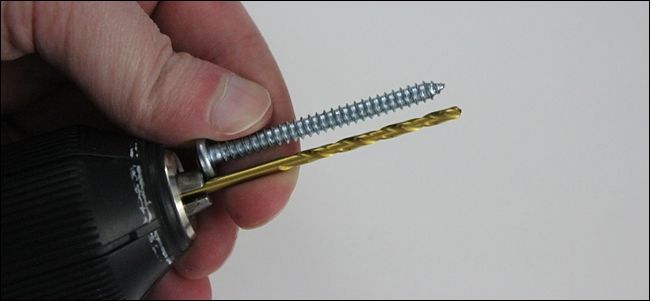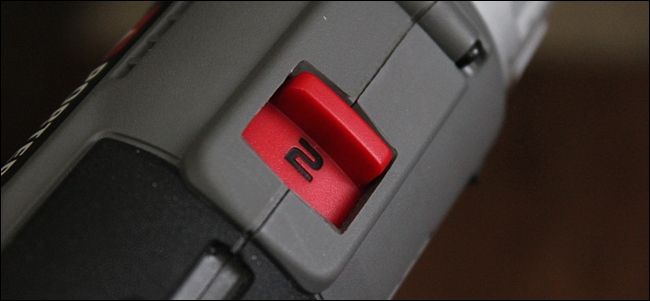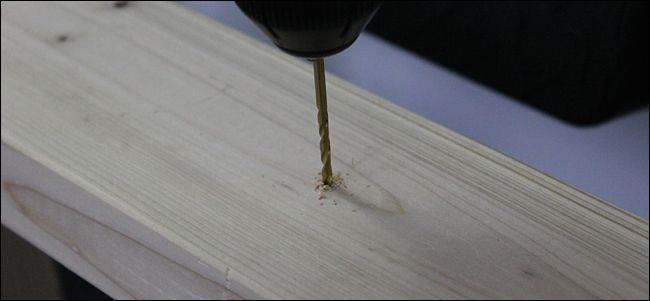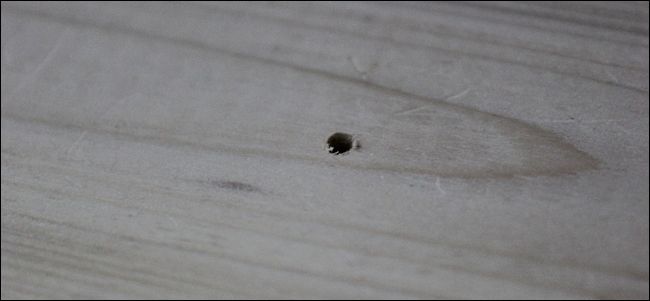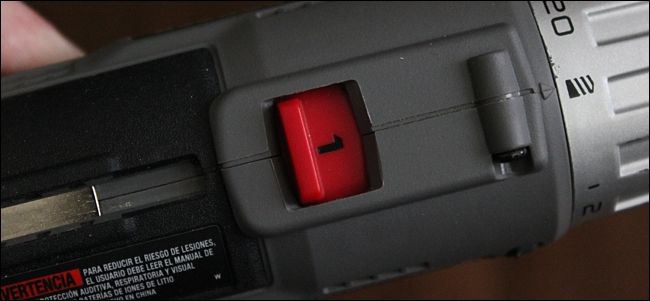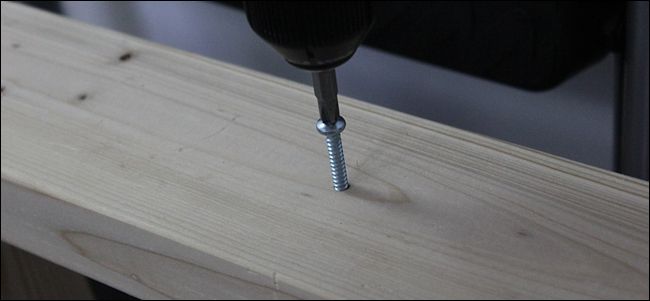If you're hanging shelves or mounting anything heavy to the wall, you'll probably want to mount it directly to the wall studs. However, you should be drilling pilot holes first before driving in any screws.
If you've ever assembled Ikea furniture, then you've probably noticed those little holes where all of the screws are supposed to go in, but they're not just reference points. Those holes are called pilot holes, and they prevent the wood from splitting and cracking when the screws are driven in, among a few other benefits.
Why Pilot Holes Are Necessary
When you drive screws into wood without drilling pilot holes, you're essentially pushing wood out of the way to make room for the screw. That displaced wood puts more pressure on the wood surrounding the screw, which can lead to splitting and cracking, weakening the wood over time.
This is especially the case for certain types of wood. Oak, for example, has a more complex structure than a cheaper wood like pine. So not only is it more difficult to drive in screws into oak without pilot holes, but the chance of splitting the wood is greater. With pine, drilling pilot holes isn't as important, because it can handle the expansion a bit better than oak can.
However, that's not to say that you don't need to drill pilot holes into pine, but it's a bit more forgiving when it comes to this.
In any case, pilot holes are still great to have for several other reasons. First off, drilling a pilot hole not only guides the screw into the hole with ease, but it's a lot easier to drive in a screw, whether you're using a power drill or a screwdriver. Without a pilot hole, it would be a huge chore to try and drive in a screw using a screwdriver, and you'd have to apply a lot of force when using a power drill.
Plus, without a pilot hole, it's possible that you could break the screw with all of that pressure of the wood squeezing onto the screw as you drive it in. Granted, this usually only happens with cheap, lower-quality screws, but it's definitely something to be aware of. There's also the chance of stripping the screw head as you're trying to drive it in, which happens when you're not putting enough force onto the screw.
How to Drill Pilot Holes
It's pretty easy to drill a pilot hole. The only important factor is making sure you drill the right size hole based on the screw you're using.
Pick up your screw and take a close look at it. You'll notice the main cylinder going down the middle of the screw and the threads wrapping around that cylinder. Your drill bit ideally needs to be the same diameter as that middle cylinder.
You likely won't find exactly the right size drill bit, since a basic kit of drill bits usually leaves around a sixteenth of an inch between sizes. Do the best you can to find the closest drill bit size without going over the screw's cylinder diameter. The goal is to have the pilot just big enough that the main cylinder of the screw can fit into the pilot hole, but the threads will dig into the wood, creating that solid connection you need.
Once you found the right size drill bit, load it up in your power drill. Make sure that the drill bit sticks out enough so that it's as long as the screw that you're using.
Next, set the power drill's speed to "2", which will be set using the big switch at the top of the drill.
Drill the pilot hole, making sure that you drive it in as perpendicular to the surface as possible.
You should end up with a clean-looking hole pilot hole.
Next, load up your drive bit in your power drill and set its speed to "1" using that big switch at the top of the drill again. This will give you a slower speed than drilling, allowing for more control of the screw when you drive it in.
Drive in the screw like you normally would with any other screw, making sure to start off slow and picking up a bit of speed if you feel comfortable.
If you've never drilled pilot holes before, then you'll notice right away how much easier it is to drive in the screw using a pilot hole. Not only is it easier to line up the screw, but it goes in much cleaner compared to not having a pilot hole, and shouldn't give you much fuss at all.

